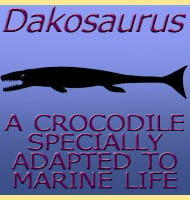Texasetes
In Depth Texasetes was the first armoured nodosaurid dinosaur to be named from the Paw Paw Formation of Texas. However a year later a second genus of nodosaur called Pawpawsaurus was named, though only represented by a skull. There has now been suggestions that these two are the same genus, and if proven true, then … Read more
